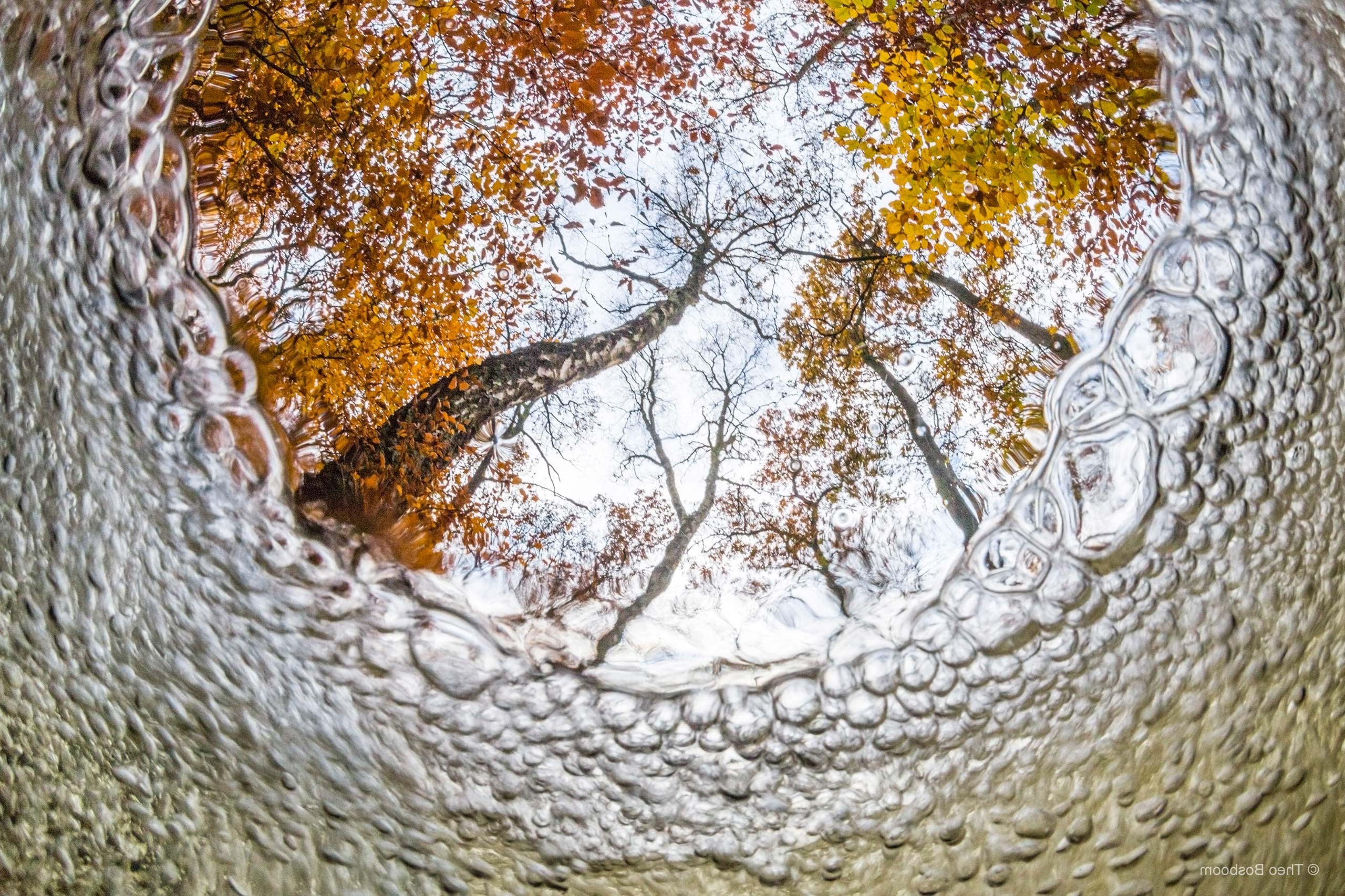


There are a few different methods to do this. That said this option is not suitable for high-action and adventure videos. The Linear FOV will completely remove the fisheye effect.

Linear: Choosing this FOV option will allow you to film visuals at a 90-degree angle. With the Wide FOV, users get to shoot at an angle of 120 degrees. Wide: Your first option if you want to reduce the fisheye look but don’t want it to be completely absent. This FOV angle gives the user greater flexibility and more stable videos. SuperView FOV is best suited for shaky or action shooting.
#Fisheye view full
This option will give you the full fisheye effect. The maximum angle available under this option is 170 degrees. SuperView: This allows you to record with the widest angle. The FOV setting allows the user to change the angle from which a video is shot. Under the Field of View menu, you’ll see three options: SuperView, Wide, and Linear. You’ll find the details of the effect under Video Settings. GoPro has the fisheye effect in all its latest models, beginning from GoPro Hero 5 to Hero 10. And it’s quite simple too.īut before that, why do GoPro cameras have the fisheye effect in the first place.
/cdn.vox-cdn.com/assets/1793843/j0e4.png)
OK great, but how do I turn it off? What if I don’t want the fisheye view on my GoPro. That’s because the edges of the lens are built to distort the light which comes into the sensor of your GoPro, creating that fisheye effect. Melanie Tory and Torsten Möller, Human Factors in Visualization Research, IEEEE Transactions on Visualization and Computer Graphics, 10(1):72-84, January/February 2004.If you look at the lens of your GoPro from the side you will notice that it’s curved.Marc, Graphical fisheye views, Communications of the ACM 37 (12) (1994) 73 - 83,, last visit: 24th of April 2006. Fisheye JTree (extension of Java JTree elements to implement Fisheye functionality).Fisheye Tree View - A Tree View Featuring Animation, Overview+Detail and Focus+Context.In the lower left image, the representation of the vertices is changed so that the names of the stations are shown, space permitting.Ī Comparison of Fisheye Lenses for Interactive Layout Tasks Demos In the lower images, the distortion parameter is 2 and the area around the focus station is magnified and the vertices which are far away are shrunk. In the upper right image, the sizes of vertices vary according to the API and the distortion parameter is zero. In all graphs, the a priori importance (API) assigned to each station is the number of connecting stations. The images represent the Metro system in Paris, whereat the upper left image is a normal view of the Metro. Graphs, particularly network topologies, VLSI circuits and graph theory. However, distortion or discontinuity between local detail and glbal context often cause confusion. It is an intuitive spatial navigation and visualisation tool which clearly portrays immediate relationships between a node in focus and its neighbours. Īdvantages and disadvantages using Fisheye View įisheye Lens is a tool for seeing both local detail and global context of a graph simultaneously. By means of the parameter "visual worth cutoff" the depth of details displayed on the screen can be adjusted. With the distance from the focus and a number, which is assigned to each vertex to represent its relative importance (a priori importance (API)) in the global structure, the visual worth for each vertex is computed. The appearance of the fisheye view can be varied by changing the distortion factor of the lens. As the mouse is dragged, the focus changes and the display is updated smoothly in real time. The viewer can position the mouse to the area of interest of the graph and determine the focus point in that way. Displaying two views – one view of the entire graph and one of a zoomed portion of it – has the advantage of seeing both local detail and global structure but the drawback of requiring extra screen space and forcing the viewer to mentally integrate the views.Ī fisheye view of a graph shows an area of interest quite large while the rest of the graph remains smaller and in less detail. Alternatively, zooming into a part of the graph does show local details but loses the overall structure of the graph. Displaying all this information on a screen has the disadvantage of loosing the details. Graphs with hundreds of vertices and edges are common in many application areas of computer science. 1.3 Advantages and disadvantages using Fisheye ViewĪrticle Summary of : Authors.


 0 kommentar(er)
0 kommentar(er)
